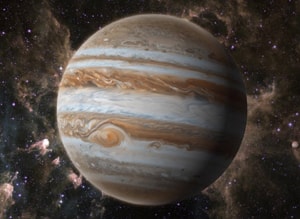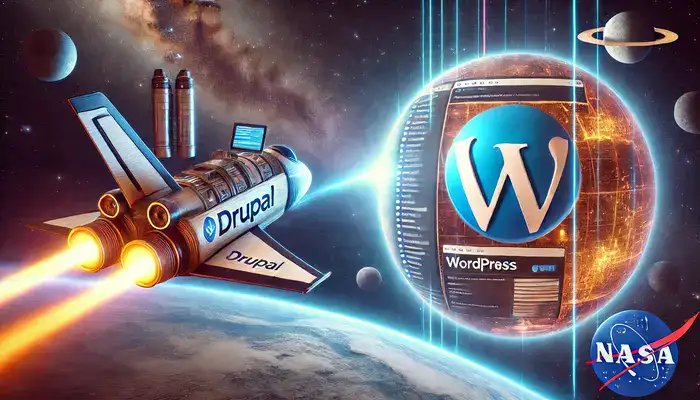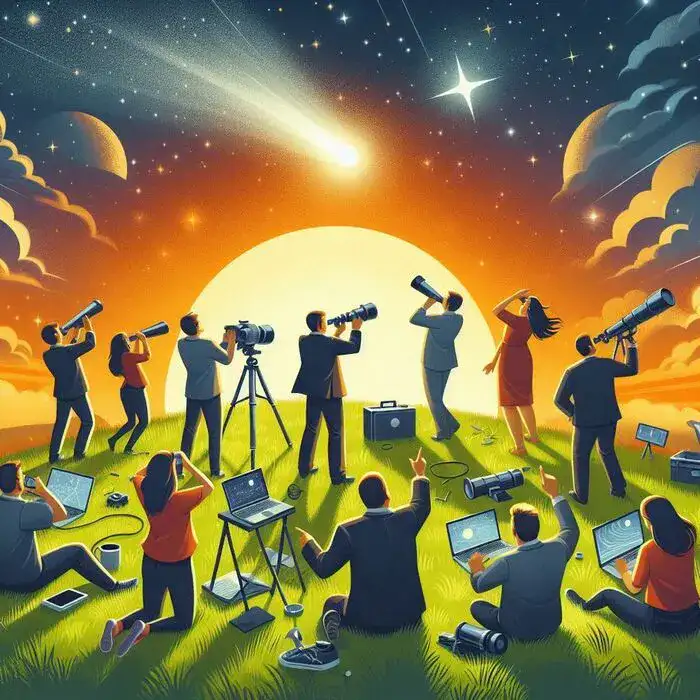Practice Reading & Listening on Jupiter Practice Reading & Listening on Jupiter for IELTS & TOEFL with authentic materials, illustrated flashcards and text-to-speech from National Geographic YouTube Channel transcribed by Hajar Aziz Zanjani https://www.youtube.com/watch?v=PtkqwslbLY8 Born from primordial stardust, 4.5 billion years ago, Jupiter was the solar system's first planet, and much like its namesake, the king of the ancient Roman gods, Jupiter was destined for greatness. Jupiter in the solar system Jupiter is the fifth planet from the sun and the largest planet in the solar system. At approximately 11 earths wide, Jupiter has twice the amount of mass as ...
Home » English Documentaries with Transcript » Practice Reading & Listening on Jupiter for IELTS & TOEFL

Practice Reading & Listening on Jupiter for IELTS & TOEFL
Updated: by Dr. Mohammad Hossein Hariri Asl
Time to Read: 4 minutes | 611 Views | 9 Comments on Practice Reading & Listening on Jupiter for IELTS & TOEFL
Share This Post
About the Author
Dr. Mohammad Hossein Hariri Asl is an English and Persian instructor, educator, researcher, inventor, published author, blogger, SEO expert, website developer, entrepreneur, and the creator of LELB Society. He's got a PhD in TEFL (Teaching English as a Foreign Language).
Number of Posts: 4223



I see no difference between them. I prefer somewhere like earth or better than that that living creatures especially human can live and thrive.
There’s no doubt that every single one of them is salient and really important. This is just a matter of personal preferences. I personally like Neptune and Saturn equally well. They’re so mysterious to me, especially Neptune, the farthest planet in the solar system with its mesmerizing color.
Planet Uranus is one of my hatest planets in solar system.
The size of it make me scare.
I did not understand it when you said ‘hatest’. Did you mean you hate this planet more than others, or this is the most repulsive planet of all?
Your sentence is also ambiguous from another viewpoint. You know Jupiter is even larger than Uranus.
There are eight planets in our solar system. Except for our home, earth, what is your favorite planet, and why do you like this planet?
I really like the planet Uranus. Because of its color. I also really like its name. To me, it is kind of a beautiful euphony name.
Interesting! Now that you like this planet so much, we can study this documentary on Uranus for the next session after this one:
https://lelb.net/english-documentary-on-uranus-with-transcript/
There is no comment from you on this documentary. It must mean that it’s not been assigned to you yet. Please correct me if I’m wrong.
Hello Dr.Hriri.
No we haven’t studied this documantry yet.
Hi Armaghan,
Thank you for your prompt response.
Alright then. This documentary on Uranus with the above link is assigned for 2 sessions later.